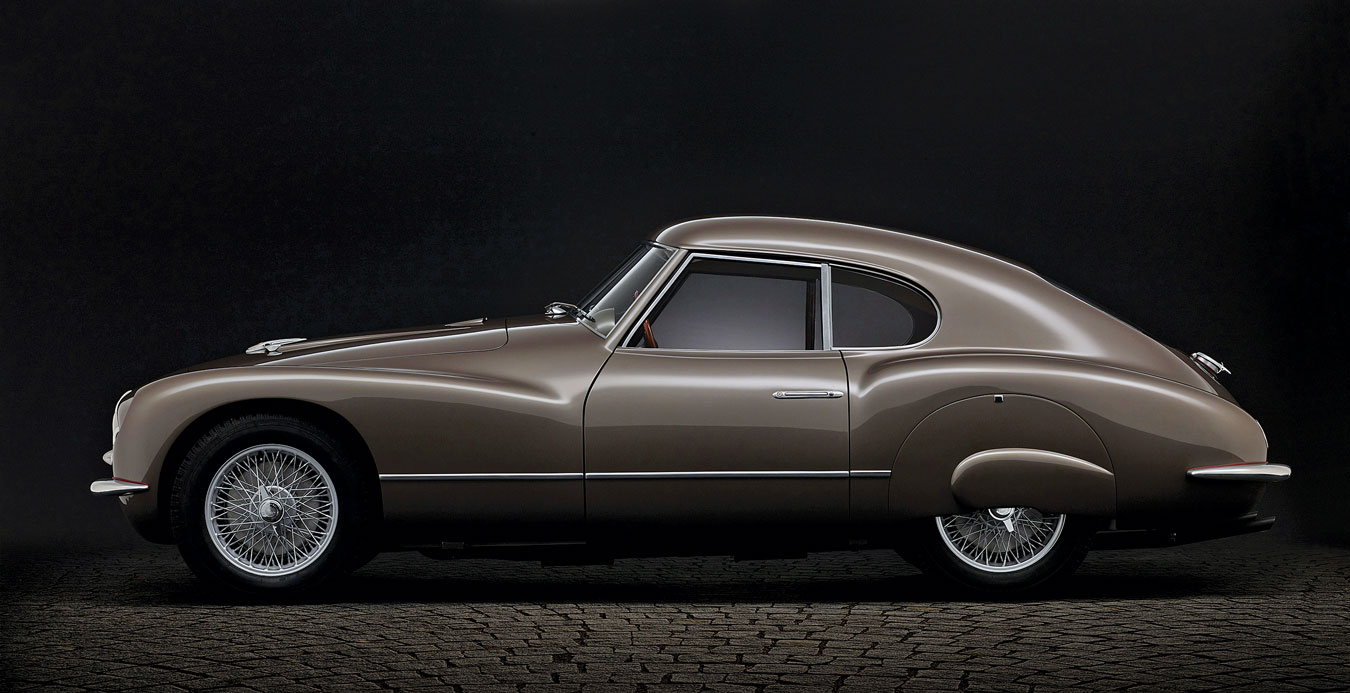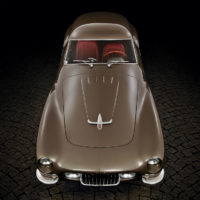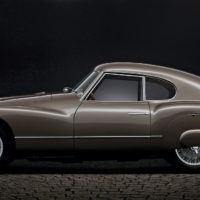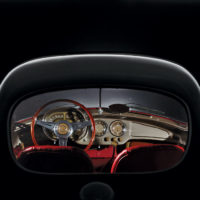SCM Analysis
Detailing
| Vehicle: | 1953 Fiat 8V Berlinetta |
| Years Produced: | 1952–54 |
| Number Produced: | 114 (34 Series I) |
| SCM Valuation: | $1,141,500 |
| Tune Up Cost: | $1,500 |
| Chassis Number Location: | Stamped on firewall, upper right side |
| Engine Number Location: | Stamped just under the distributor |
| Club Info: | FIAT America |
| Website: | http://www.fiatamerica.com |
| Alternatives: | 1951–55 Alfa Romeo 1900 coupe, 1951–58 Lancia Aurelia B20 GT, 1954–57 Mercedes-Benz 300SL |
| Investment Grade: | B |
This car, Lot 119, sold for $1,460,241 (CHF 1,355,000), including buyer’s premium, at RM Sotheby’s St. Moritz sale on September 17, 2021.
Before we get to the Fiat 8V, it is important to understand why RM Sotheby’s held this auction in Switzerland. The country has something of a parallel market for collector cars, due to the high costs of importing and exporting classic cars there. Because Switzerland is not a member of the European Union, it requires a ton of paperwork and extra charges from the shipper, with duties and VAT to pay, as well. This can amount to 25% of the value of a car. So Switzerland-based cars like this Fiat tend to stay in-country, trading hands among Swiss collectors who wish to avoid this folderol.
Thus, RM Sotheby’s offered a beautiful selection of 24 cars, all locally titled. The auction was attended by a mostly Swiss crowd gathered for the St. Moritz Motoring Week. This is a fast-growing series of events, headed by the Bernina Gran Turismo, and the sort of attraction capable of assembling a passionate, competent and affluent crowd of bidders. The auction company was rewarded with a healthy 74% sales rate, an excellent outing for the first of three planned annual sales.
No replacement for displacement
The Fiat 8V is quite a rare model, with only 114 manufactured from 1952-54. With its full independent suspension, the 8V was years ahead of period competitors. Fiat had hoped to use the model to enter the American market, but this was not well planned.
One of the miscalculations was that the refined 2-liter Italian engine was quite small and fragile when compared to its American counterparts. It had only three crankshaft main bearings, and the engine suffered from problems with lubrication. Paired with the limited appeal of the Fiat brand overseas, this proved to be fatal.
After only 34 complete units, Fiat decided to stop direct production of complete cars with its own bodywork. It began supplying the rolling chassis to coachbuilders, Zagato above all others. Among these early Series I cars (also known as “Rapi 8Vs”) was our subject car.
Restored and updated
It is a quite beautiful-looking car, well kept and repainted in the original Grigio Rosato. In Switzerland since 1956, it was restored about a decade ago, when it was already a quite decent car. Part of the work was completed by Italian specialist Gabriele Artom, whose name serves as a sort of warranty on this kind of car. He provided his expertise for re-creating some missing parts and painted the car. The body and metal preparation was completed elsewhere and under close inspection the paint can be judged a degree away from perfect.
The car has aged well and the mechanicals seem to be sorted, completed by a clean engine bay and correct details. Having being through Artom’s shop, it is easy to believe that the engine was “updated” with improved oil distribution and more-stout main bearings. Care must be taken not to over-rev these engines, which most definitely require an experienced specialist to tune.
A good deal
A Series I is not the most valuable 8V, as that would be one of the Zagato-bodied cars or a Ghia Supersonic. Nor has our subject car’s value been enhanced by an important competition history. On the other hand, any 8V is a great car to drive.
And that is the point: An 8V is rare to see, wonderful to look at and fantastic to own. A Series I 8V allows you to drive, rally and show one of these magnificent cars, all without spending quite as much as for a special coachbuilt model.
None of these cars come to auction that frequently, with only a handful offered in the past decade. Still, Rapi 8Vs show a slow but constant increase in value, selling today for what you might have spent for a carrosserie-bodied car just five years ago. Regardless, this is a rarefied market — you are buying, at Ferrari money, what is still a Fiat.
The buyer got one of the best 8V Series I cars, and the seller got out of a not-so-easy car to sell at current market value. A good outcome for both parties. ♦
(Introductory description courtesy of RM Sotheby’s.)



